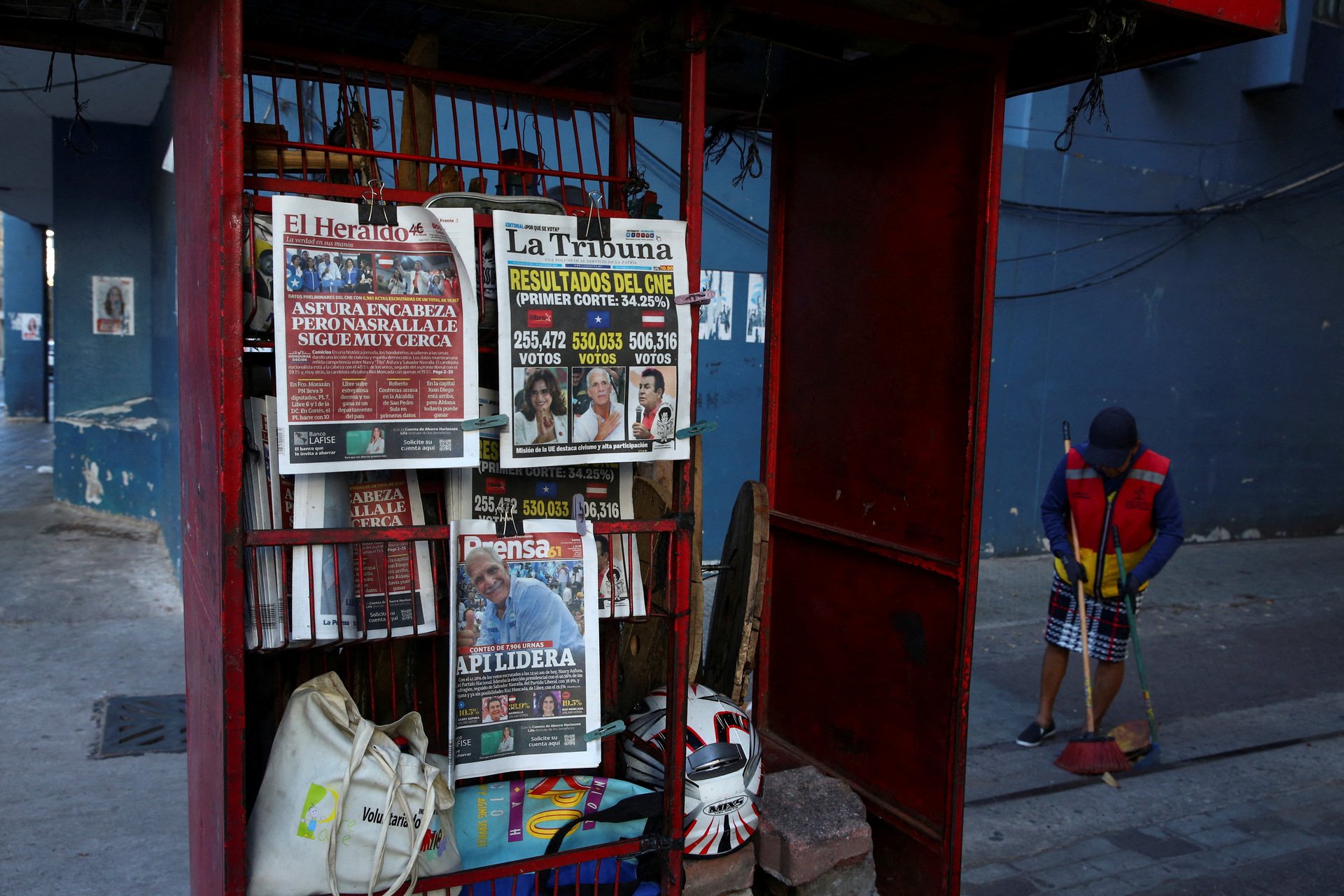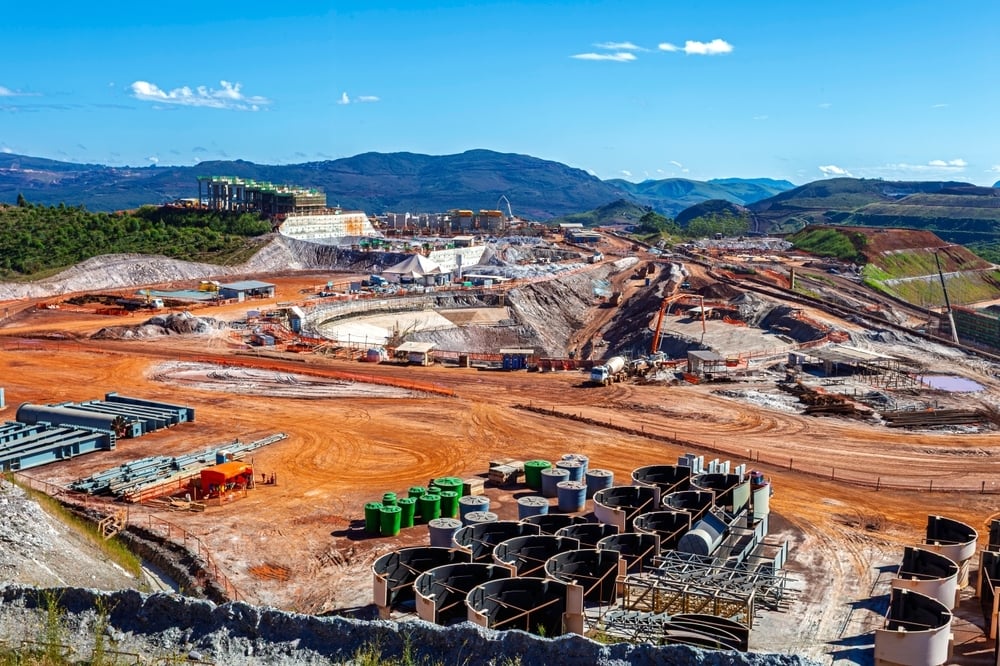After facing his lowest popularity levels in the first half of this year, Brazil’s President Luiz Inácio Lula da Silva now has reasons to celebrate. With a year to go before the 2026 election, a recent poll by Quaest shows not only an increase in Lula’s approval ratings, but also a comfortable lead in any potential runoff scenario, regardless of his opponent.
The popularity figures are nowhere near the levels Lula once enjoyed in previous terms, but they have risen significantly in recent months: 48% of Brazilians approve of Lula’s government, and 49% disapprove — a statistical tie. Back in May, these figures were 40 against 57%.
These figures come after a series of positive developments for the government, like the approval of an income tax reform in the House, the opening of dialogue between Lula and Donald Trump (including some personal compliments from the American president), and a drop in food prices.
Still, Lula faces unfavorable numbers when respondents were asked about campaign promises being fulfilled, and about whether the country is heading toward a better future.
The lower house of Congress was also quick to remind Lula that even with the incumbent’s advantage, a lot can happen between now and next October. Lawmakers blocked a revenue-raising bill that the government was relying on to hit its fiscal targets.
The most powerful group in the lower house, known as the Big Center, is currently leaning toward supporting São Paulo Governor Tarcísio de Freitas for president. According to Quaest, Lula would beat him by 12 percentage points.
The main leader of the right, former President Jair Bolsonaro, has not yet decided who he will endorse. Convicted of plotting a coup, he’s under house arrest and won’t be on next year’s ballot, and his allies know he needs to pick a successor soon.
To discuss the latest polling results and the impact they may have on the political class’s upcoming decisions, our guest is Oswaldo Amaral. He is a political science professor at the University of Campinas, where he directed the Center for Public Opinion Studies from 2017 to 2024.
In this conversation, he unpacks:
How to read the results of the latest opinion polls
The political realignments they may trigger
Advantages and challenges for those seeking re-election
The weight of the economy and ideologies in the electoral race











